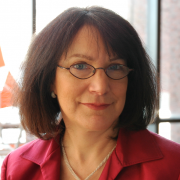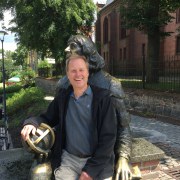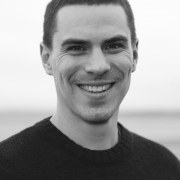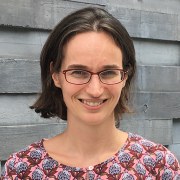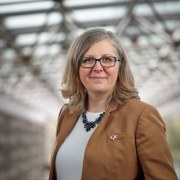Quantum communication, quantum computing and quantum cryptography are no longer simply the stuff of science fiction; these powerful and potentially disruptive new technologies are now closer to realization, with far-reaching implications for science and society. How can educators, museums, journalists and filmmakers rise to the challenge?
Here, we showcase the work of pioneers who have designed new quantum exhibits, programmes and media. Our presenters reveal how they overcame obstacles to interpreting "spooky action at a distance" and other counter-intuitive quantum phenomena for family audiences, and share what they've learned in the process.
More about this session: We encourage attendees to join in discussion after the session; we’ll plan a future international workshop to develop further quantum education strategies and encourage dialogue about the risks and benefits of living in a world powered by quantum technologies.
Facilitator
Session legacy
50 people joined us for this session, and most of them stayed an extra half hour to continue the discussion. 37 signed up to be informed about further efforts to build capacity internationally to engage public audiences in the new quantum revolution and its potential impact on science, technology, and society. (Our medium-term goal is to organize an international workshop on quantum education.) The convenor, Carol Lynn Alpert, led off with contextual remarks on what's at stake in this area, and also provided a brief intro to what makes quantum science and technology different. Jamie Lochhead provided rare clips from a PBS/NOVA film in-the-making about "entanglement," the key quantum mechanical feature whose mastery will open the door to quantum computing and hack-free communications. Olov Amelin demonstrated how the Nobel Museum worked with partners to produce a game table with virtual marbles that allows visitors to explore other singular properties of quantum particles. Jenny Hogan introduced the Singapore-based Center for Quantum Technology's global art and science competitions and their collaborations with the Singapore Art & Science Museum. Tobi Day-Hamilton took participants on a walk-through of the world's first traveling exhibition on quantum, produced by the University of Waterloo Institute for Quantum Computing. Discussion focused on what has worked, what hasn't worked, and how we might be able to learn from these experiences to improve future efforts to engage public audiences. We thank ECSITE for facilitating this gathering and all of those who came and shared ideas.

